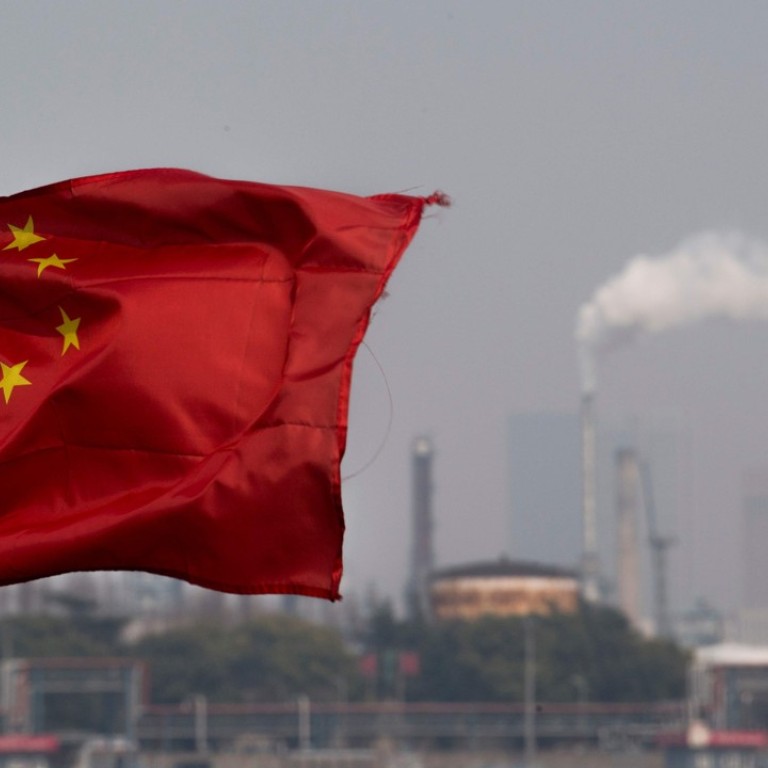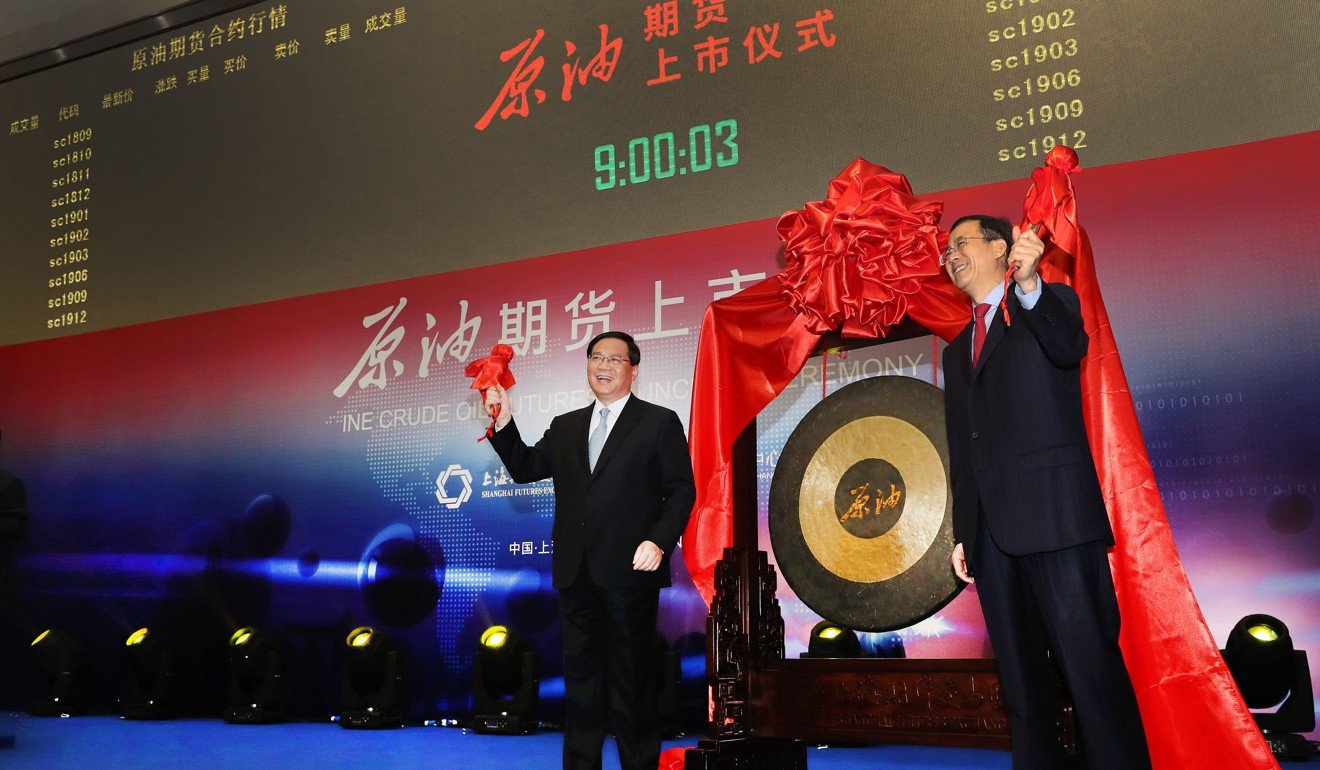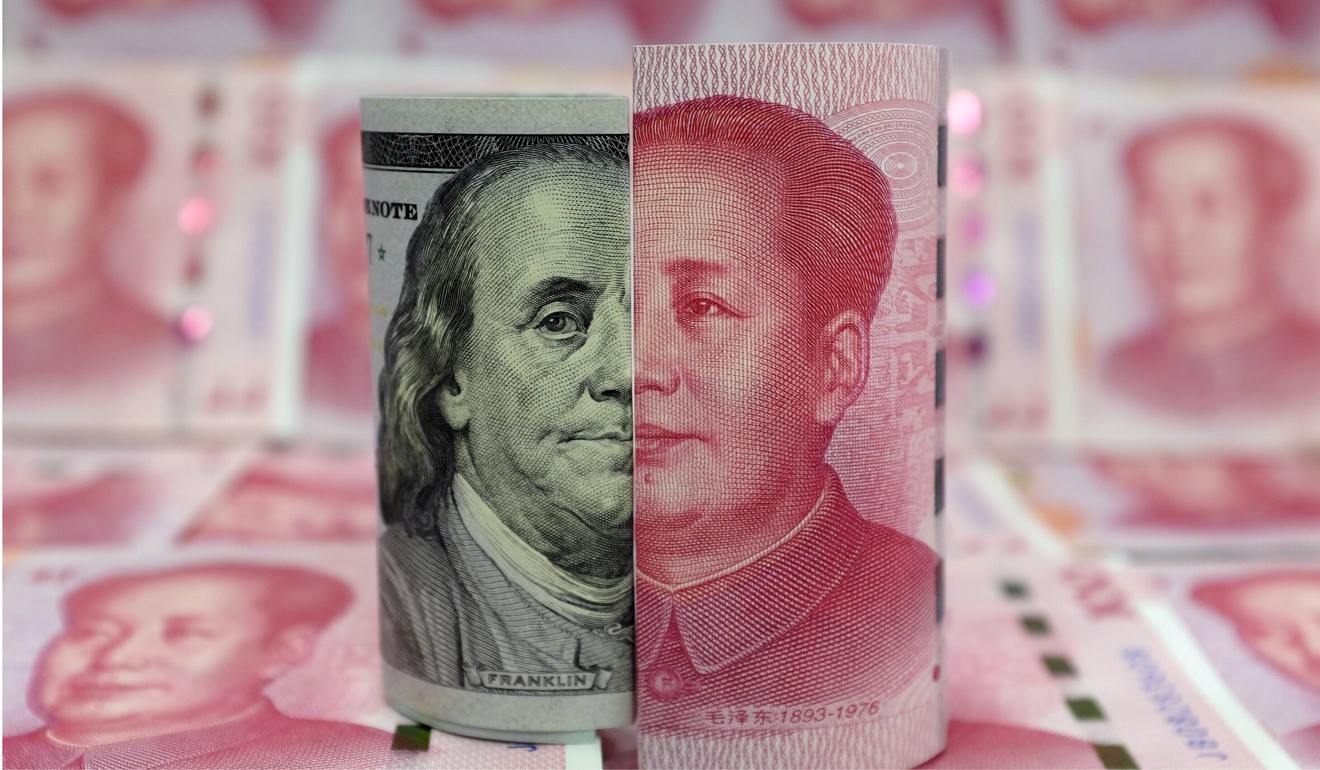
China’s petroyuan is going global, and gunning for the US dollar
- John A. Mathews and Mark Selden say China’s yuan-denominated oil futures are being taken seriously by traders, suggesting they can help promote renminbi internationalistion to challenge the hegemony of the US dollar in world trade
Of course, the volume of trades on the Shanghai exchange still lags behind that of the Brent oil futures traded in London and the West Texas Intermediate oil futures traded in New York. The Chinese oil futures contract is, however, being taken seriously by multinational commodity traders (like Glencore) and is priced in a manner comparable to the Brent and West Texas Intermediate indices. All this suggests China’s oil futures could bring the renminbi to the core of global commodity markets.

With new allocations of SDR to emerging industrial powers like China, the SDR, based on a basket of currencies including the renminbi, could serve not only as a development tool, but also as a means of international payment to rival the US dollar. In the wake of the 2008 global financial crisis, an SDR-centred international financial system became an enticing prospect for other countries as well.
Zhou’s 2009 essay galvanised these efforts, as he pointed to the evident inadequacies of the dollar-centred system (such as the impact of chronic US deficits) and outlined SDR advantages as an alternative means of international financial settlement.

It may, in the near future, no longer be seen as the anchor of the international monetary system, bringing to an end to what former French president Valéry Giscard d’Estaing famously called the “exorbitant privilege” enjoyed by the US as a result of the dollar’s centrality in international trade.
If China’s ultimate goals include internationalising the renminbi, its more immediate objective, prompted in part by US tariffs or sanctions on China and other countries, is de-dollarisation of the international system. This is reflected in the shift to promoting an oil futures contract traded in Shanghai, which represents a decisive break with China’s SDR-focused strategy.
China no doubt views the emergence of yuan-denominated oil contracts as a means for Chinese companies to buy oil and gas in their own currency, thereby avoiding exposure to foreign currency fluctuations and firing a shot across the bow at the US dollar’s supremacy.
The fact that China is now the world’s largest oil importer, as well as the leading trading and manufacturing economy, lends weight to its “petroyuan” and other initiatives to internationalise the renminbi. If China can withstand US counter-attacks, its efforts will lay the financial groundwork for the emergence of a multipolar world.
John A. Mathews is a professor of management at the Macquarie Graduate School of Management in Sydney. Mark Selden is a senior research associate in the East Asia Programme, Cornell University, and editor of The Asia-Pacific Journal: Japan Focus. Copyright: Project Syndicate


